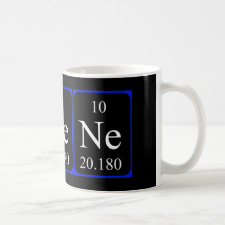
Authors: Shan JJ, Wang B
Article Title: Preparation and Characterization of a Metal-Complexing Imprinted Polymer for Improved Quercetin Recognition.
Publication date: 2011
Journal: Separation Science and Technology
Volume: 46
Issue: (1)
Page numbers: 164-171.
DOI: 10.1080/01496391003789189
Alternative URL: http://www.informaworld.com/10.1080/01496391003789189
Abstract: This paper describes the rational design and testing of a new metal-complexing imprinted polymer with enhanced selectivity for Quercetin (Quercetin is a kind of flavonoid which is an important active ingredient of Chinese herbs.). The complex of Quercetin and Cu(II) (Qu-Cu) was used as a template molecule and the mixed solution of methanol and tetrahydrofuran was used as the porogenic solvent. UV-visible spectra was useful to assess the rational ratio of Quercetin to Cu(II). And the evaluation of the various polymers by binding assays revealed that the optimal ratio of the functional monomer to the template was 4:1. The effect of porogenic solvent on molecularly imprinted polymers (MIPs) was studied by transmission electron microscopy (TEM) and equilibrium binding experiments. MIPs were also characterized by Fourier transform infrared spectra (FT-IR). The adsorption behavior for substrates indicated that compared with Quercetin's structural analogs (Rutin and Naringenin), MIPs exhibited significant adsorption selectivity for Qu in the presence of Cu(II). The separation factors were 5.38 and 7.23, respectively
Template and target information: quercetin
Author keywords: adsorption behavior, Cu(II), enhanced selectivity, metal-complexing imprinted polymer, quercetin



Join the Society for Molecular Imprinting

New items RSS feed
Sign-up for e-mail updates:
Choose between receiving an occasional newsletter or more frequent e-mail alerts.
Click here to go to the sign-up page.
Is your name elemental or peptidic? Enter your name and find out by clicking either of the buttons below!
Other products you may like:
 MIPdatabase
MIPdatabase









